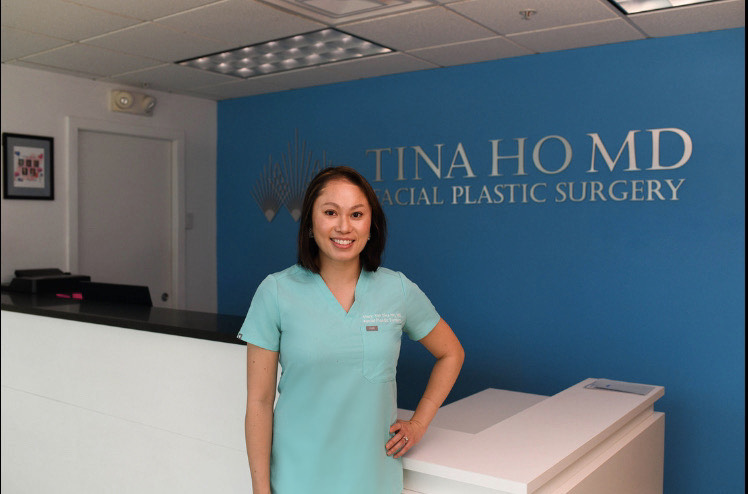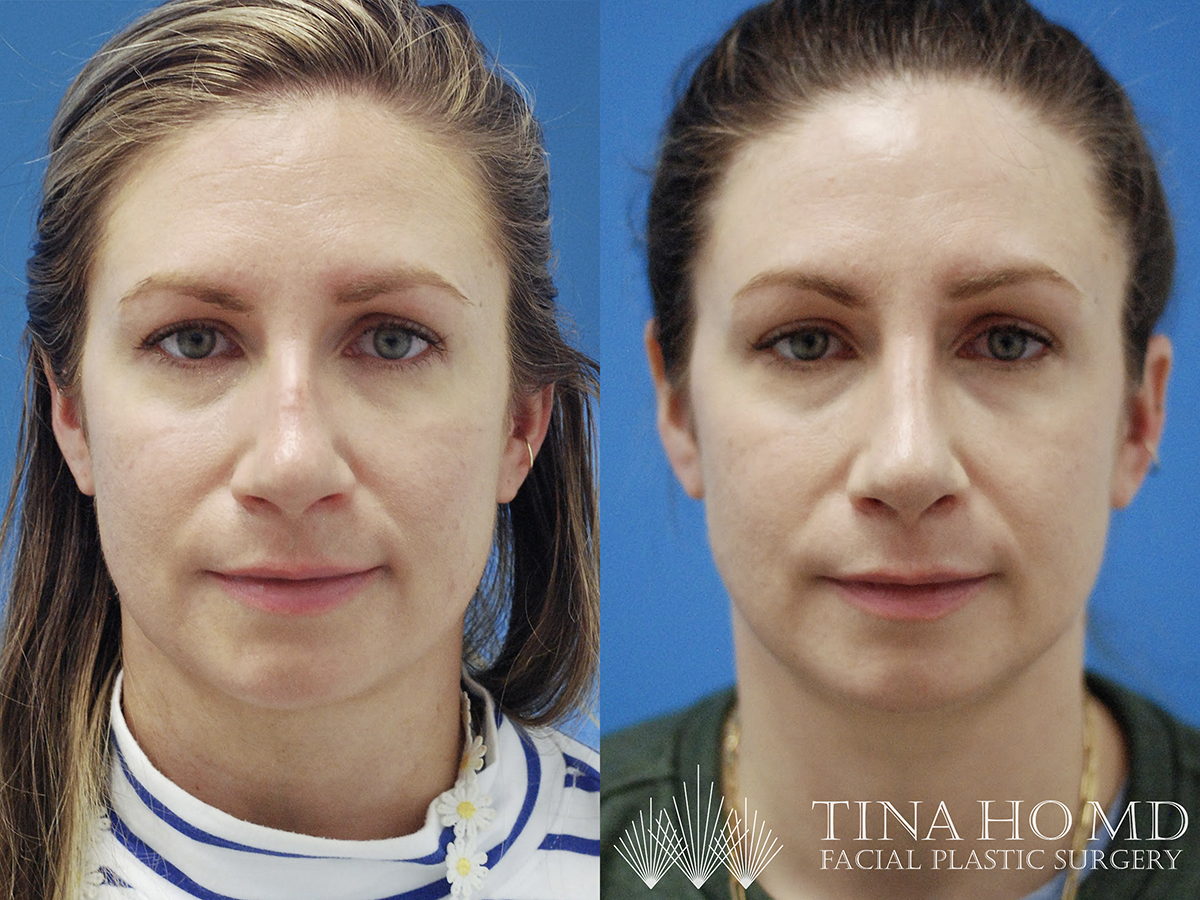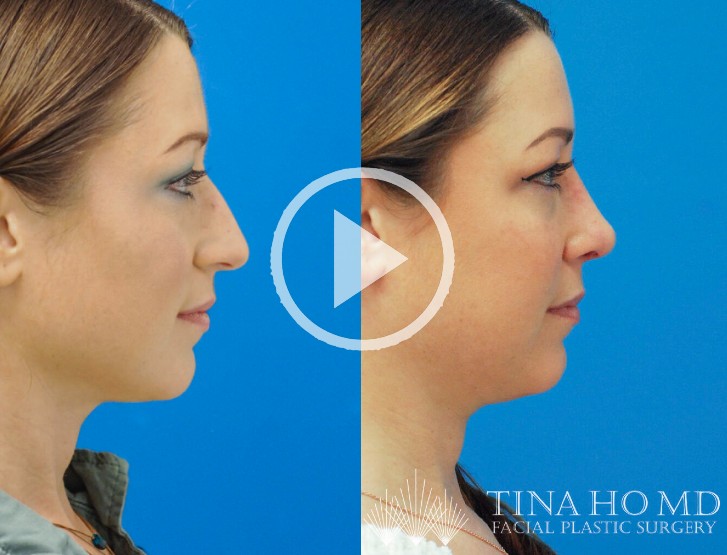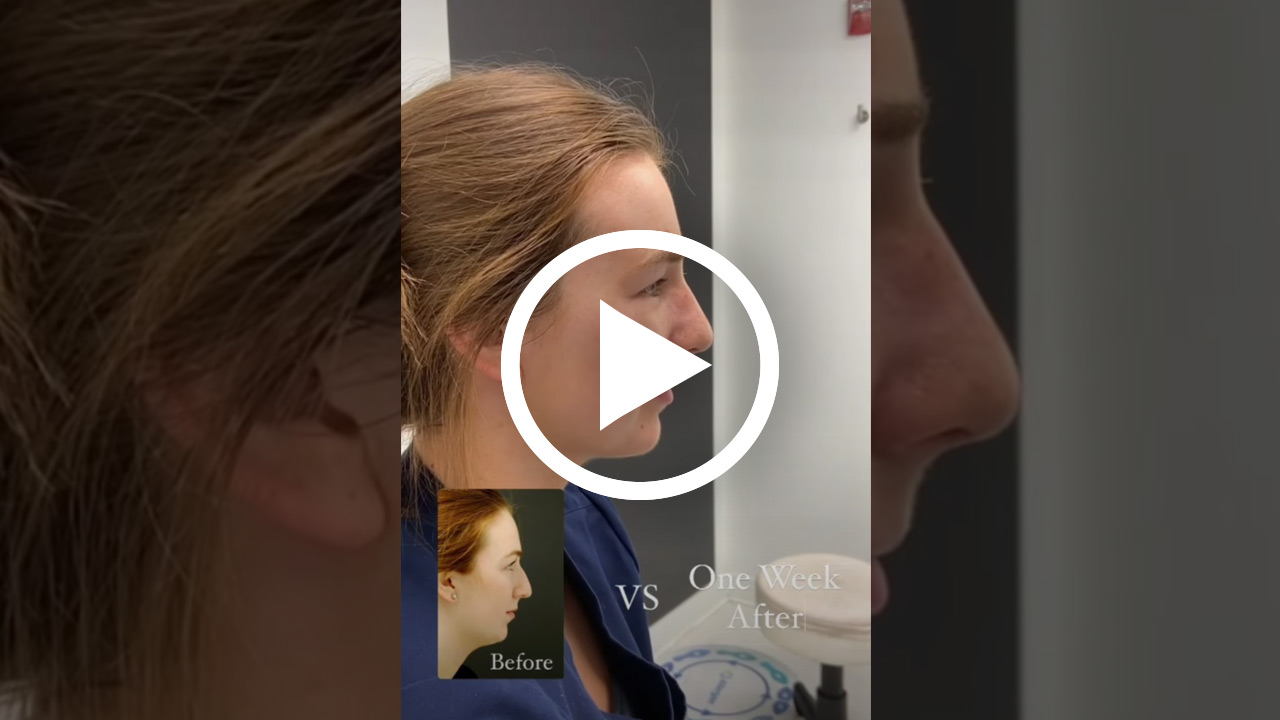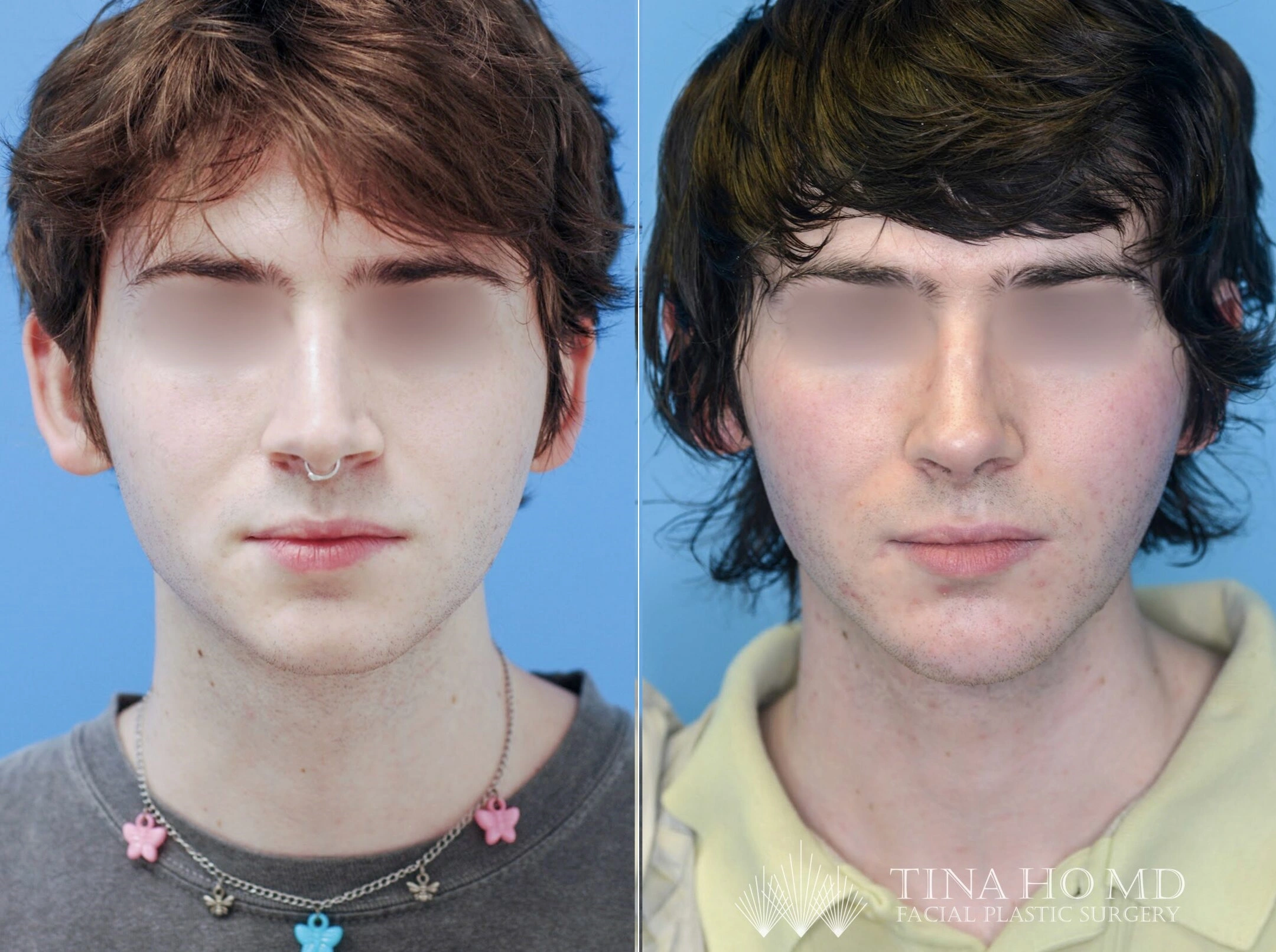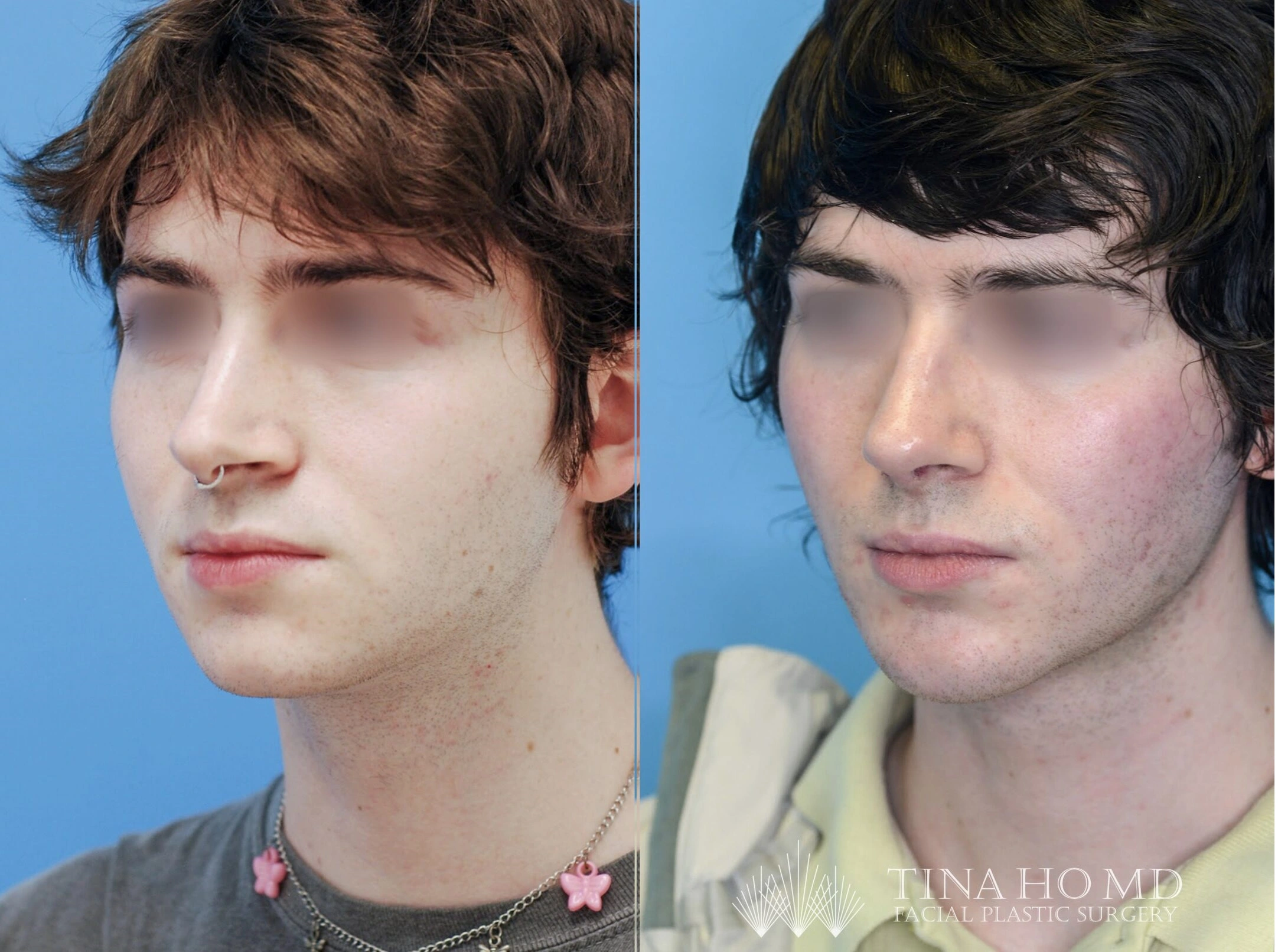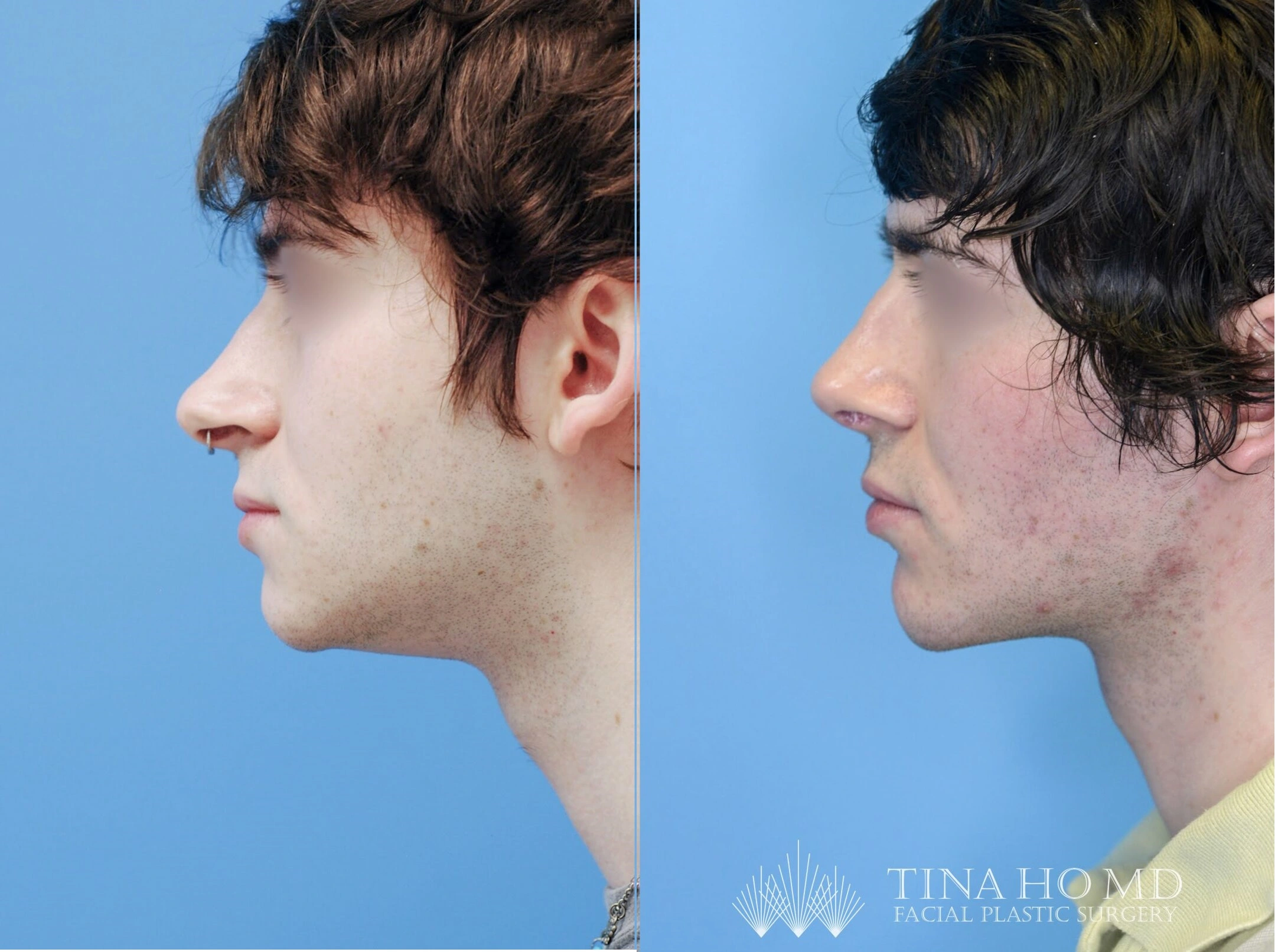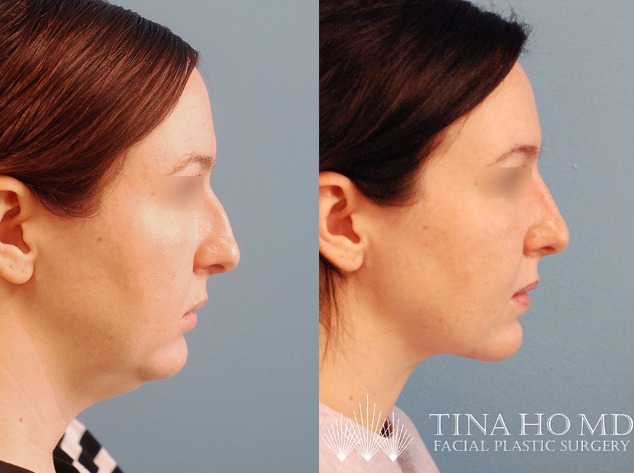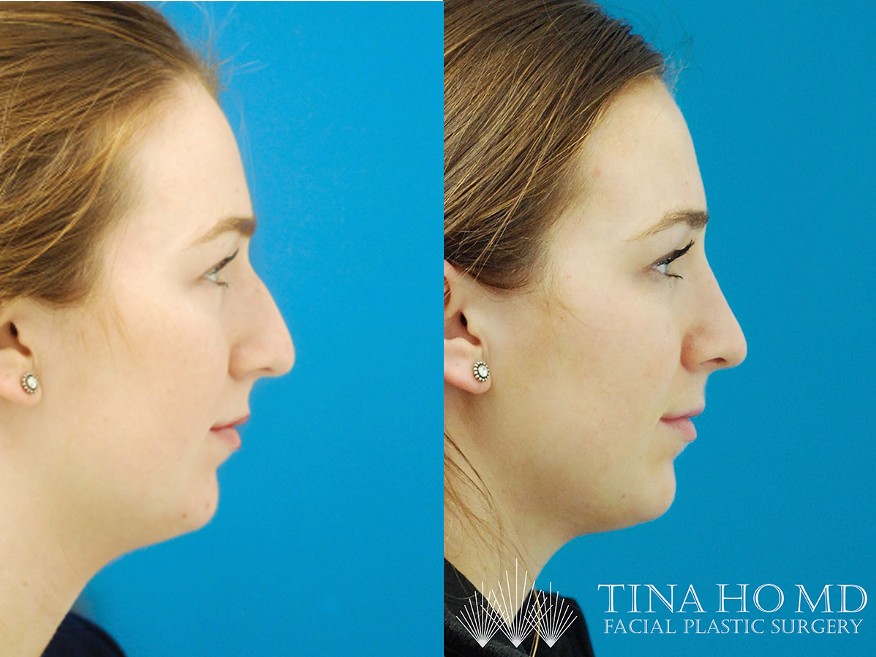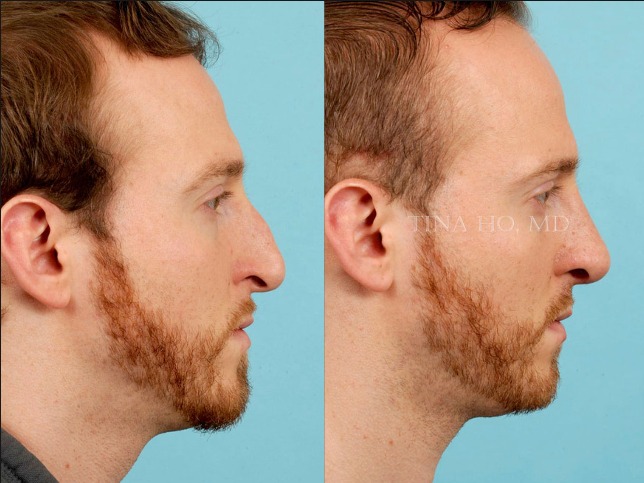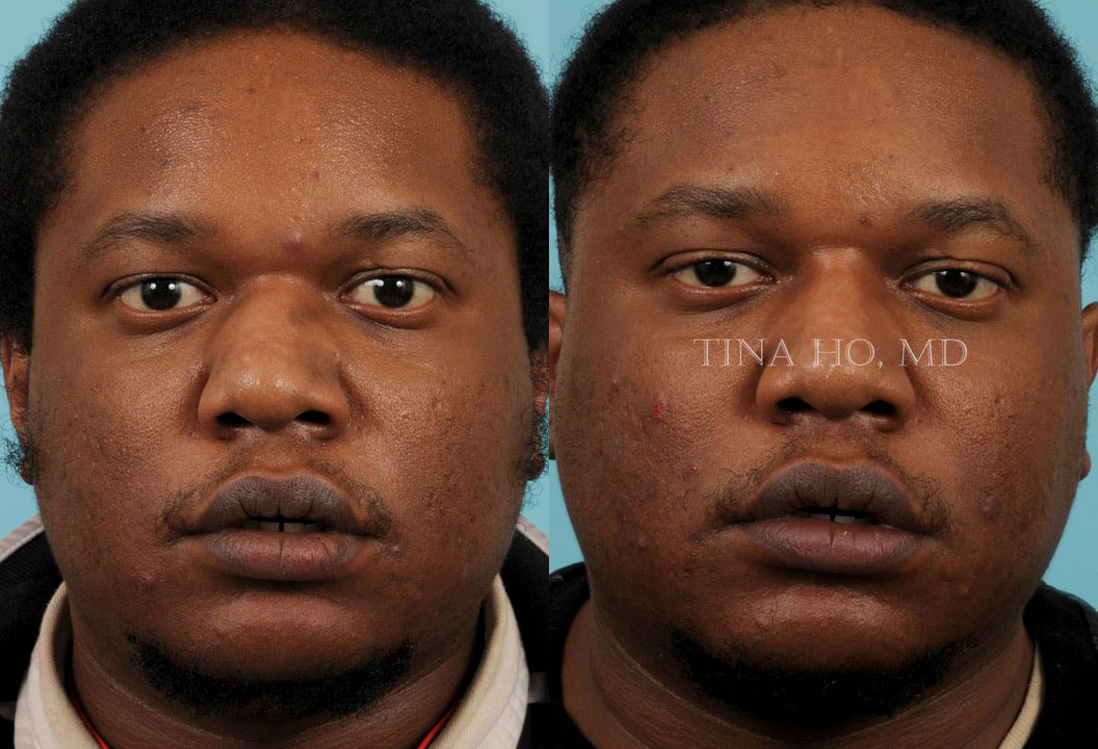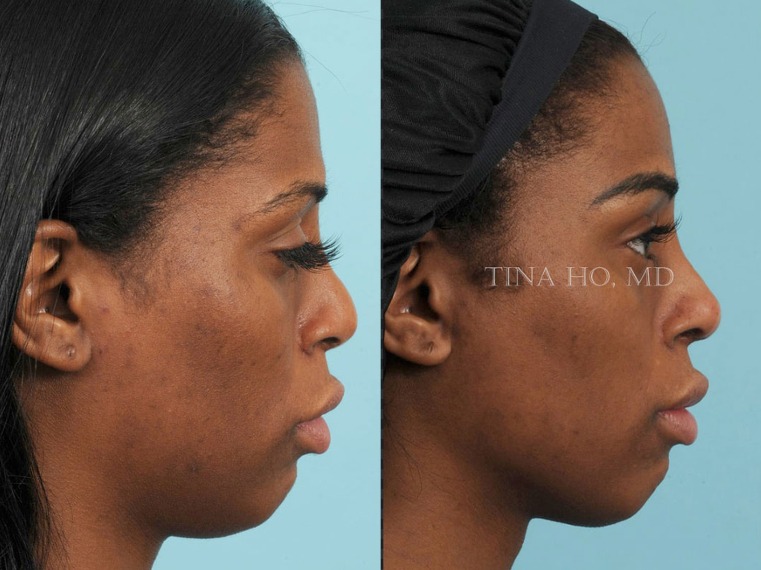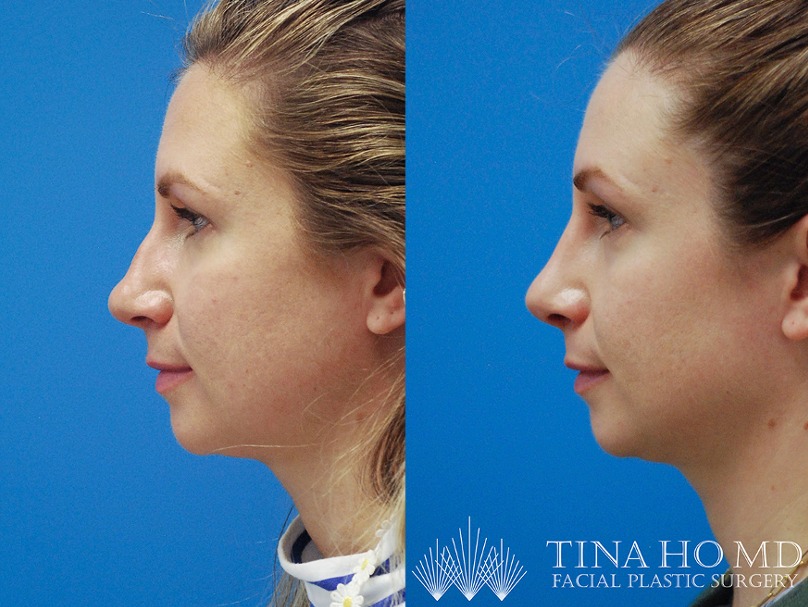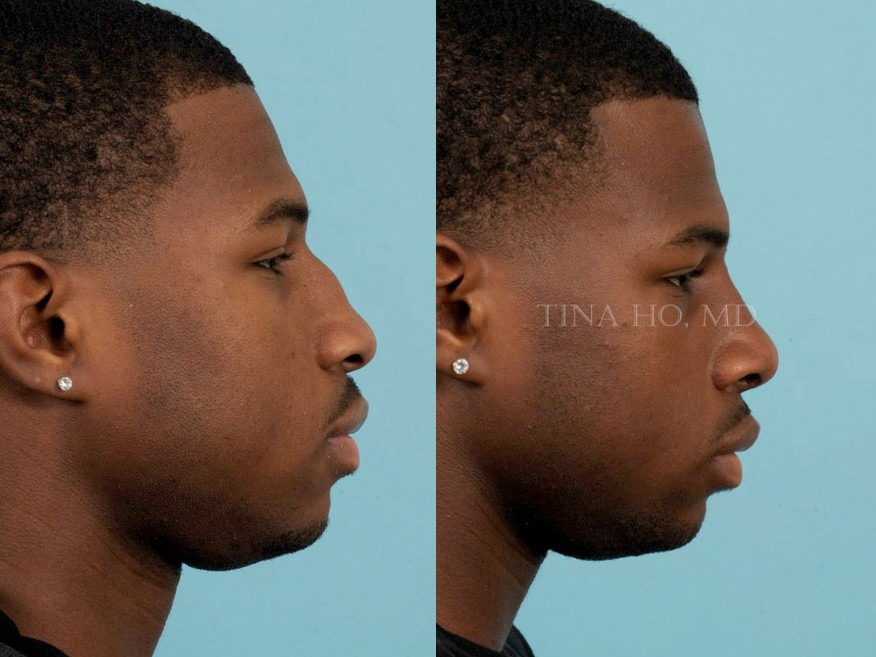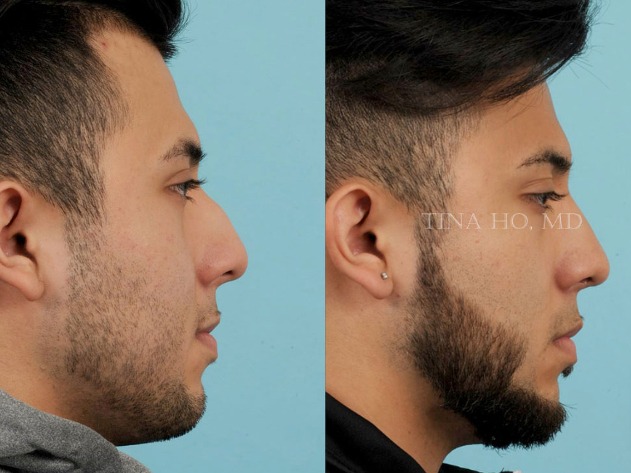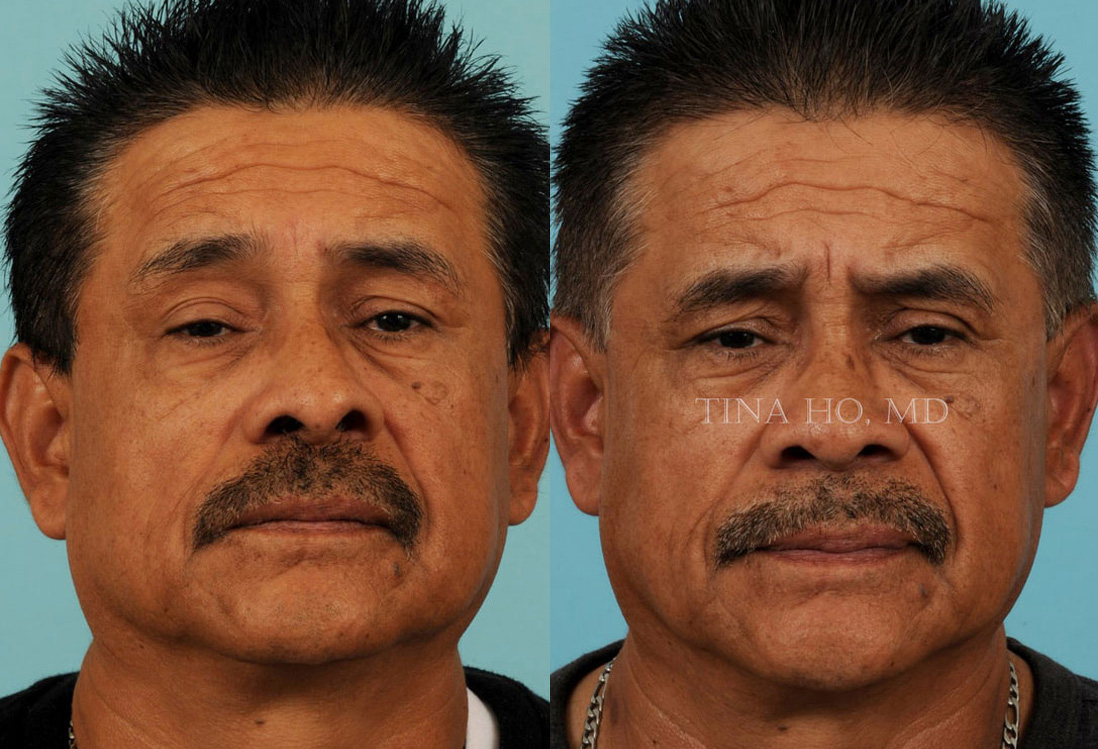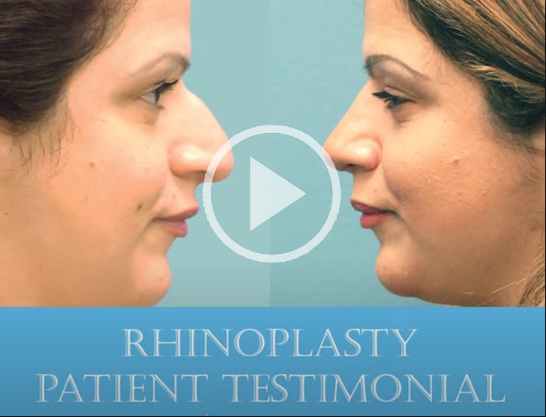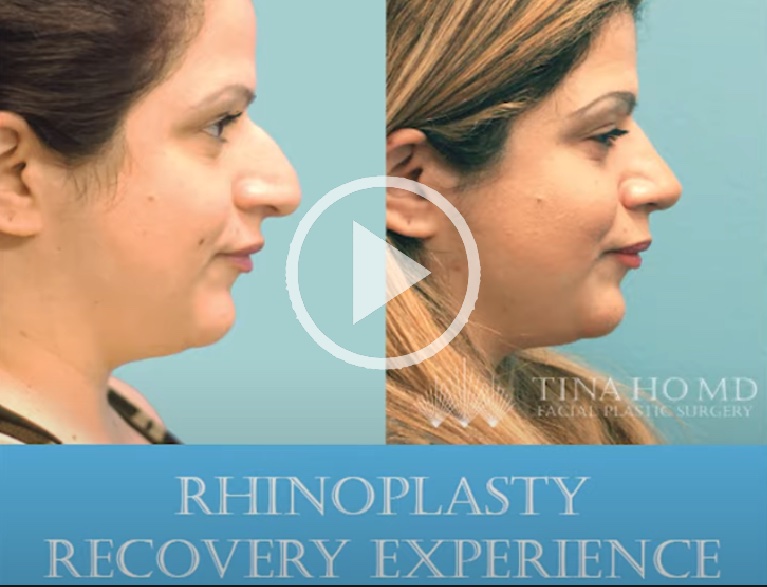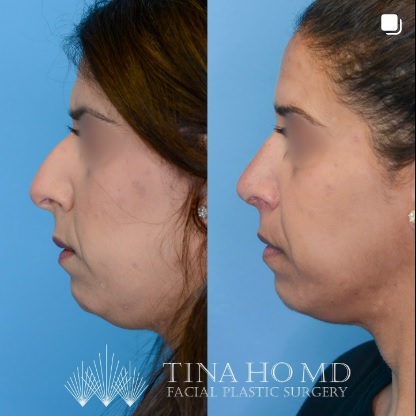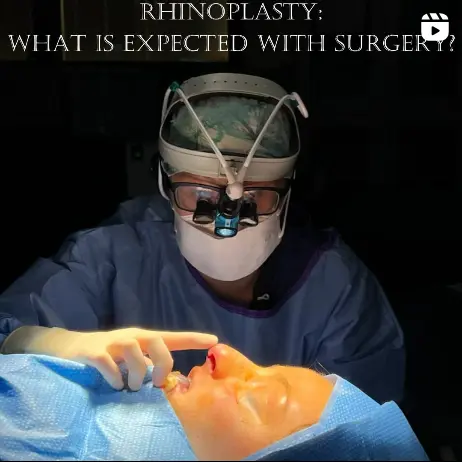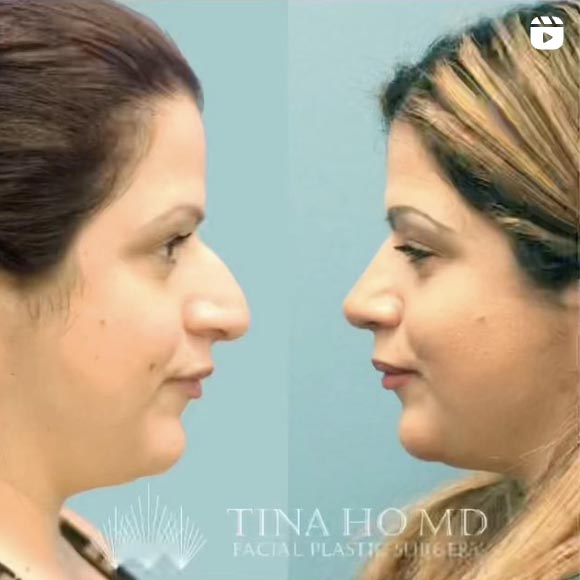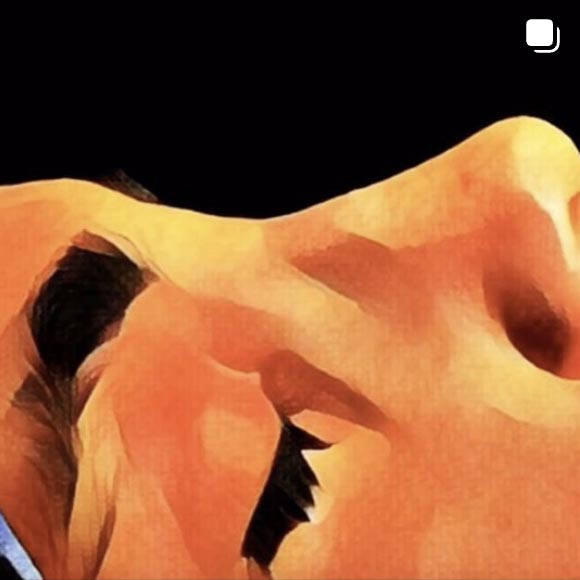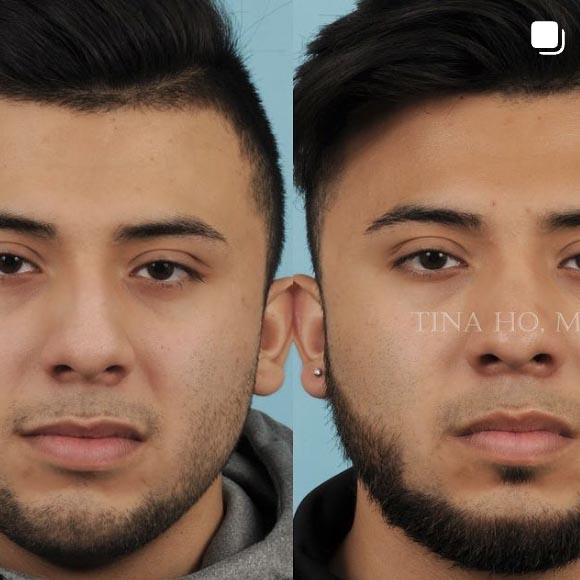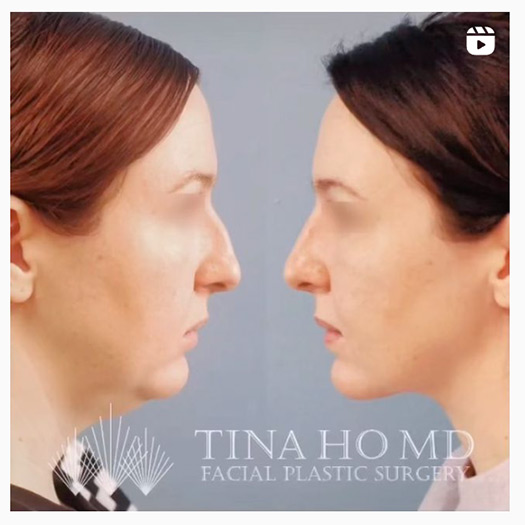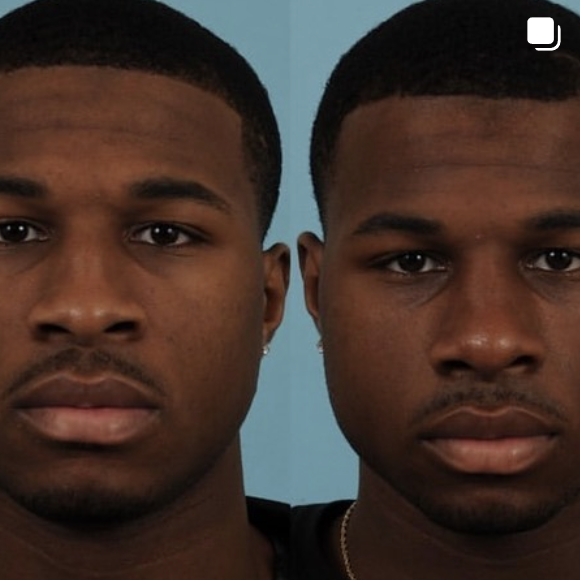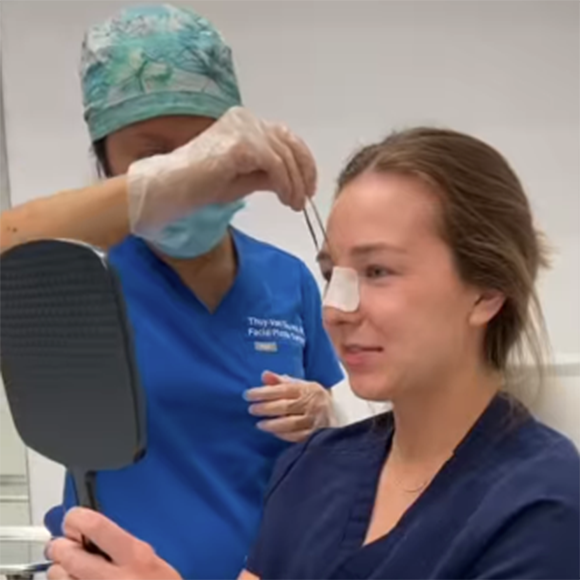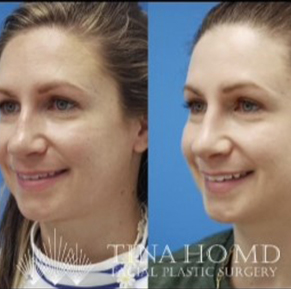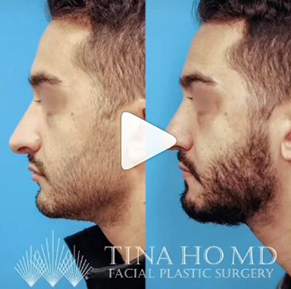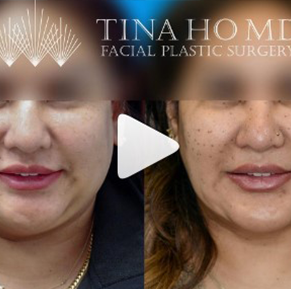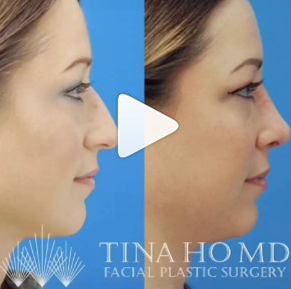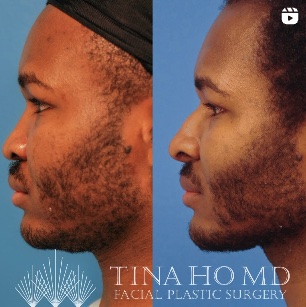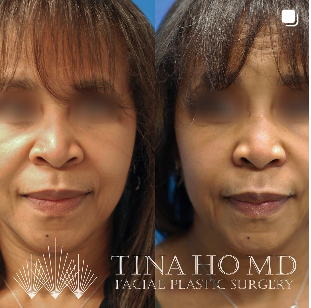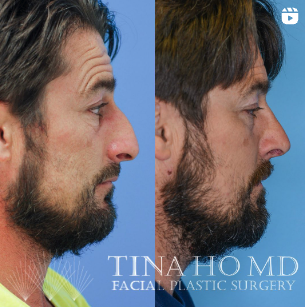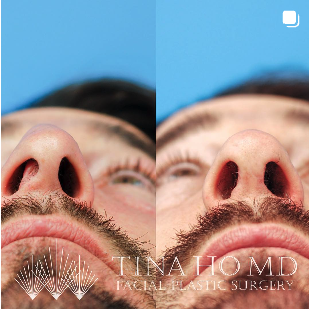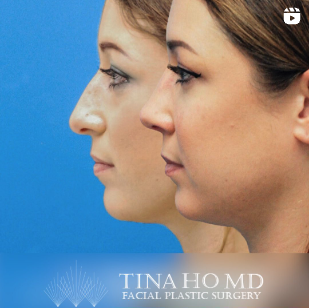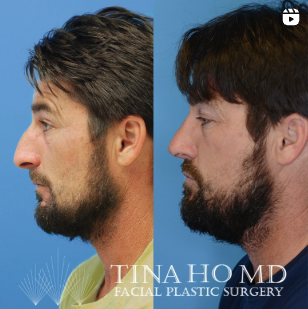Table of Contents
Book Now


Before & After
View Gallery
Rhinoplasty
What is Functional Rhinoplasty?
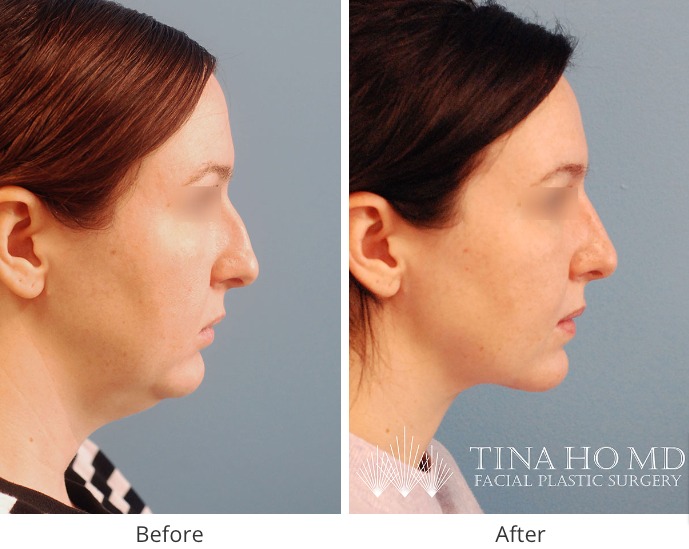
Seeking functional rhinoplasty in Philadelphia can help you address your breathing problems due to nasal obstruction. Some of the causes of nasal obstructions are congenital defects, trauma, and injury. In order to optimize airflow in the nasal region, this type of nasal surgery may be necessary.
Functional rhinoplasty is a type of nasal surgery intended to improve the breathing function of the nose. In septorhinoplasty, the septum is corrected in addition to the outer appearance of the nose. A patient with a septum issue such as a deviated septum or a septal perforation may be a candidate for a septorhinoplasty to improve the breathing function of the nose. Depending on the nature of a patient’s anatomic issues and nasal breathing problems, the functional rhinoplasty or septorhinoplasty portion of the surgery may be eligible to be covered by medical insurance. Cosmetic rhinoplasty, on the other hand, is usually designed to address the external appearance of the nose alone and is typically not covered. Dr. Ho possesses specialized training in both cosmetic rhinoplasty and functional rhinoplasty and will work with each patient to determine which type of nasal surgery is most ideal to address their surgical goals.
What is Dr. Ho’s Approach to Functional Rhinoplasty?
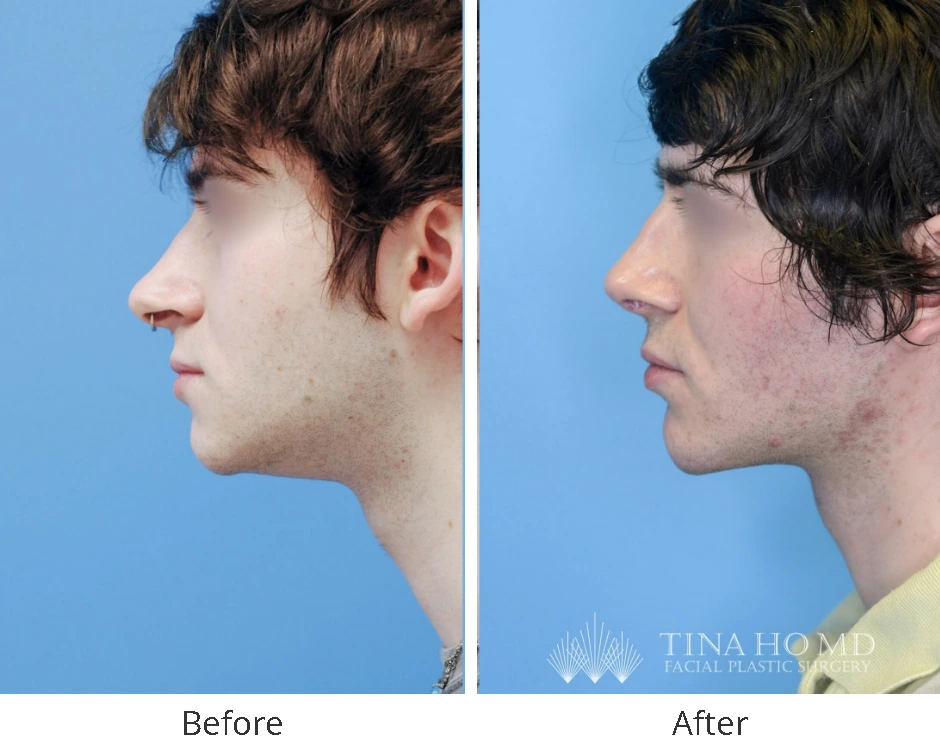
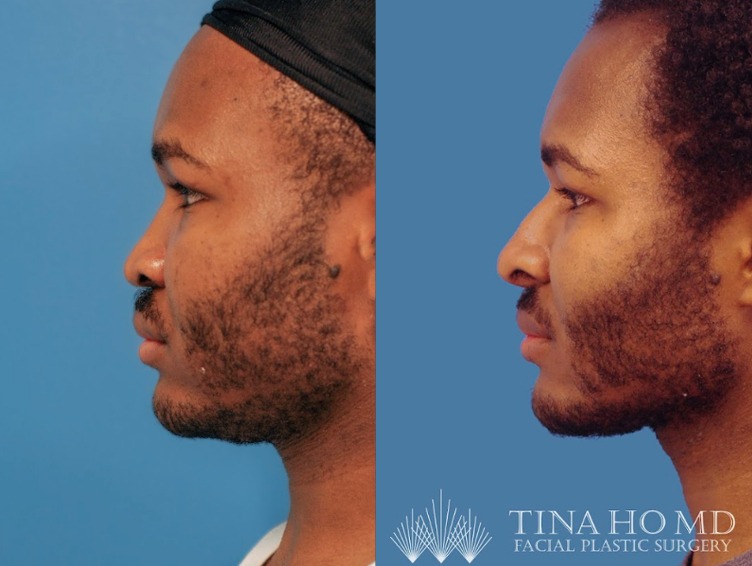
What are common causes of nasal obstruction that can be treated with surgery?
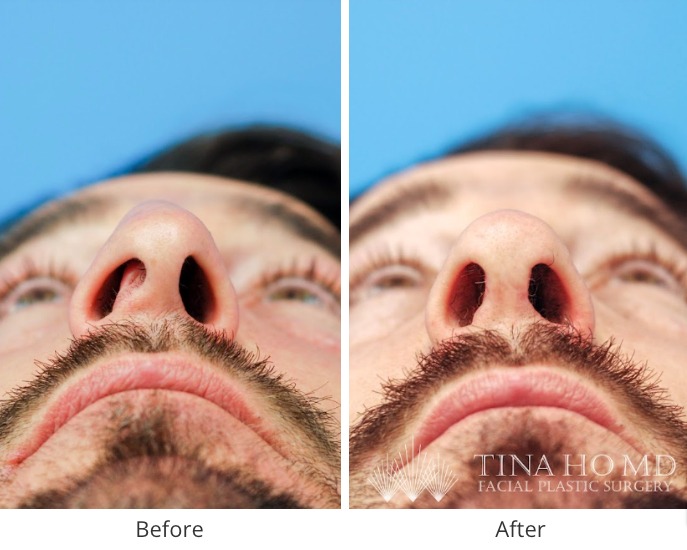
Common nasal issues that can be improved or corrected with surgery include but are not limited to:
- Deviated septum
- Nasal valve collapse
- Nasal wall collapse
- Drooping nasal tip
- Underprojected nasal tip
- Enlarged turbinates
Educational Videos
Am I an Ideal Candidate for Functional Rhinoplasty Surgery?
If you are suffering from breathing problems due to narrow nasal passages, you are a good candidate for a functional rhinoplasty procedure. Patients who have misaligned cartilage, also known as a deviated septum, may also undergo this surgery. Ideally, patients are non-smokers and are in good overall health.
BEFORE & AFTER PHOTOS
Your Consultation
During your consultation, you will be asked about your concerns. Dr. Tina Ho will meet with you personally to perform a physical examination of your nose. Dr. Ho will closely evaluate your nasal anatomy to determine the best techniques to use and will then develop a surgical plan for you.
You will be asked about your medical history, particularly underlying conditions, any past surgeries, and current medications. Depending on your needs and goals, you may undergo rhinoplasty that is both functional and cosmetic in nature.
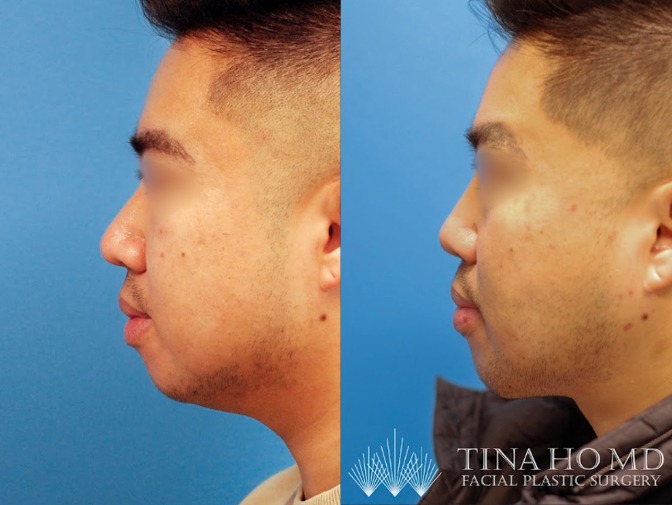
The Functional Rhinoplasty Procedure
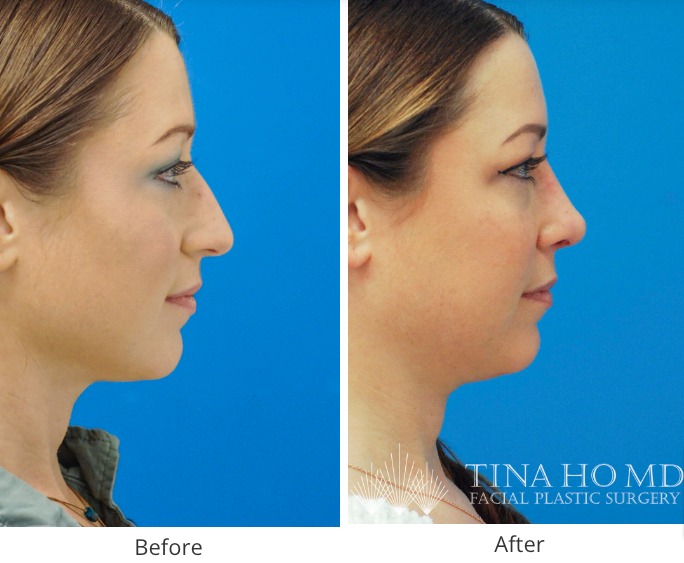
Your functional rhinoplasty surgery starts with the administration of anesthesia. Tiny incisions are created. If they are made inside the nostrils, the surgery is referred to as a “closed” procedure. However, for better exposure of internal structures, an incision at the base of the nose is created. This is referred to as “open” functional rhinoplasty.
There are several techniques that can be employed during functional rhinoplasty surgery. Depending on the nature of your nasal obstruction, nasal septoplasty, turbinate reduction, and/or nasal valve repair may be done.
Septoplasty straightens a deviated or crooked septum, the internal wall structure between the nose that separates the nasal passages. Enlarged turbinates are decreased in size by turbinate reduction to improve your breathing. Collapsed nasal valves can be treated with grafts to provide structural support to help widen the nasal passages.
After the corrections are made, the incisions are closed with stitches. Splints may then be applied to the nose to aid in healing.
Recovery and Healing
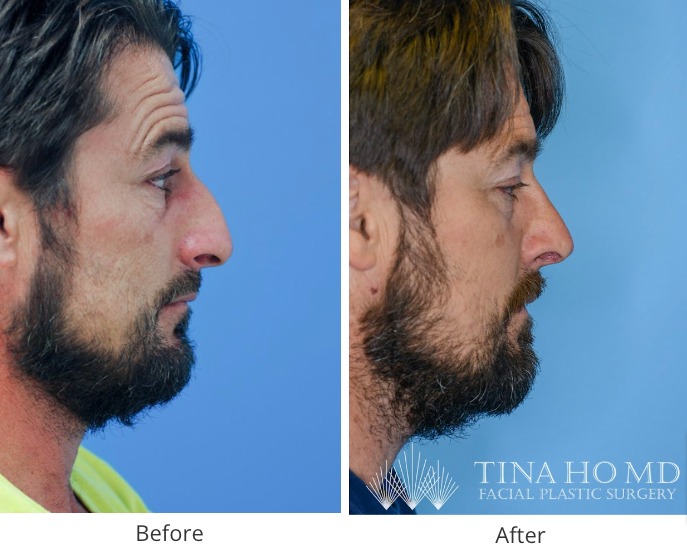
Following your functional rhinoplasty procedure, you will need a recovery period of about one to two weeks. It is common to experience bruising, swelling, and soreness. To manage pain and discomfort, pain medication may be prescribed. The splint will be removed about a week after surgery.
Cost of Functional Rhinoplasty
Since this surgical procedure is tailored for each patient, the cost of functional rhinoplasty varies for each individual. The overall price will include anesthesia used, the combination of techniques done, the extent of work performed, and other surgical fees. Functional rhinoplasty is covered by health insurance providers.
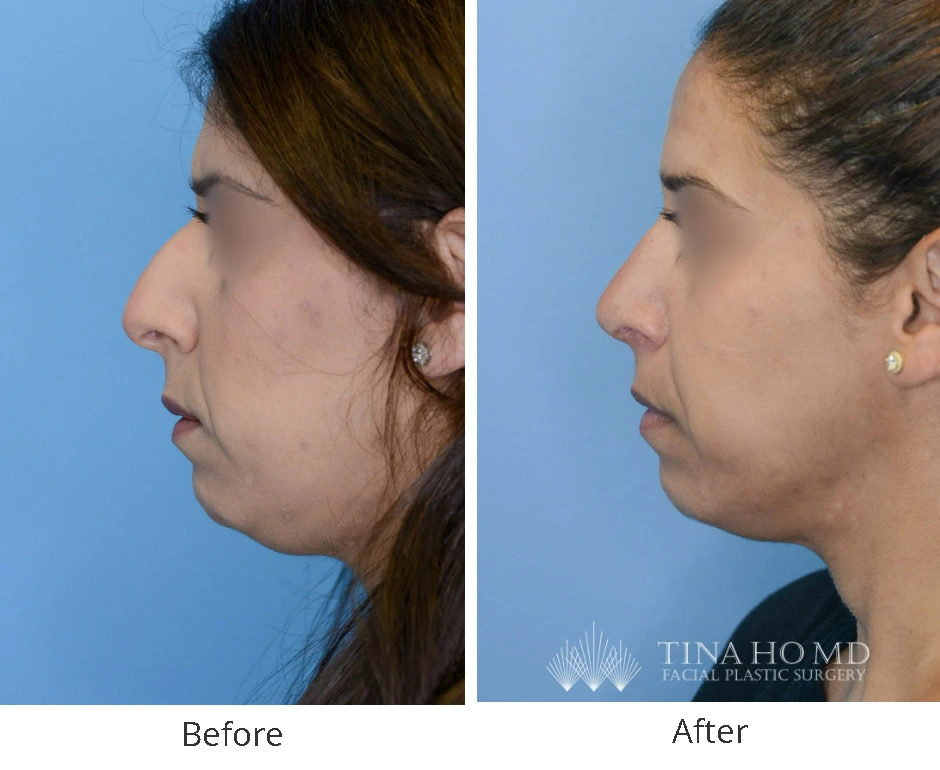
Book Now
Testimonials
Patient Testimonial Videos
“My surgical technique focuses on creating a natural, more youthful and more awake, unoperated look for every blepharoplasty patient.”
– Dr. Tina Ho

Learn More During a Consultation
Book Now
FAQ’s
What type of patient is an ideal candidate for Functional Rhinoplasty?
What is a deviated septum?
The septum is a thin wall barrier comprised of cartilage and bone that divides the nose into two nasal passages. A deviated septum refers to when the septum is crooked or displaced to one side. This nasal finding may be an issue for some patients if it contributes to their nasal breathing problems. Usually the nasal passage where the septum deviates more towards feels more blocked. Depending on the patient’s nasal anatomy, extent of nasal obstruction, and surgical goals, a patient with nasal breathing concerns in the setting of a deviated septum may be a candidate for septoplasty (surgery that corrects the septum alone) or septorhinoplasty (surgery that improves the septum and other parts of the nose including the exterior). Septoplasty is commonly performed via a closed approach unless the location of the septal deviation is very anterior or high.
What is nasal valve collapse?
The internal nasal valve is located within the nose and spans the area between the upper septum and the upper lateral cartilage in the middle third of the nose. In asymptomatic individuals, the ideal internal nasal valve angle is 10-15 degrees. Patients with internal nasal valve collapse may experience breathing improvement with Breathe Right ® nasal strips and demonstrate a narrower middle third or inverted V deformity of the nose. Dr. Ho usually performs septoplasty and creates spreader grafts for nasal valve repair of the internal nasal valve.
The external nasal valve is localized to the ala or nostril and is supported by the lower lateral cartilages. Patients with external valve collapse may possess weaker nostrils that fall inward with inspiration and show a positive Cottle test on examination. Dr. Ho utilizes a variety of cartilage grafting and suturing techniques for nasal valve repair of the external nasal valve including alar batten grafts, lateral crural strut grafts, lateral crural onlay grafts, and lateral crural repositioning.

